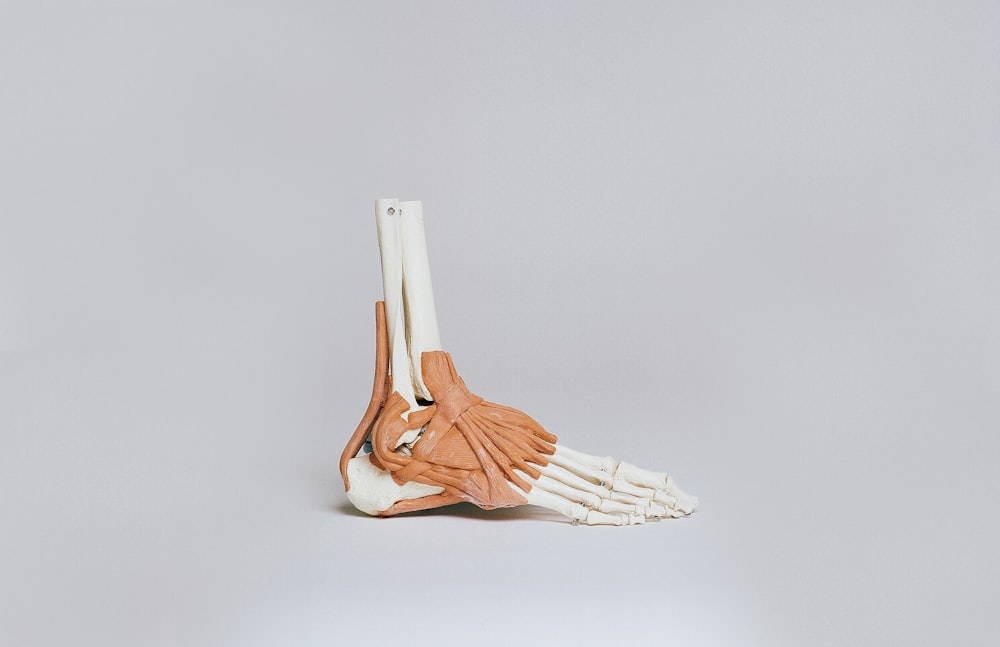目次
足関節捻挫が近位関節に及ぼす影響は?
足関節捻挫はスポーツ外傷として起こる頻度の高いものの1つです.
足関節捻挫を引き起こすと足関節機能はもちろんですが近位関節にもさまざまな影響が及びます.
今回は足関節捻挫が近位関節に及ぼす影響について考えるうえで参考になる論文をご紹介させていただきます.

今回ご紹介する論文
Med Sci Sports Exerc. 2023 Feb 1;55(2):177-185. doi: 10.1249/MSS.0000000000003035. Epub 2022 Sep 7.
The Influence of Therapeutic Exercise after Ankle Sprain on the Incidence of Subsequent Knee, Hip, and Lumbar Spine Injury
Kaitlyn S Foster 1, Tina A Greenlee 1, John J Fraser 2, Jodi L Young 3, Daniel I Rhon
Affiliations expand
PMID: 36084225 DOI: 10.1249/MSS.0000000000003035
今回ご紹介する論文は2023年に掲載された論文です.
研究の目的
Purpose: This study aimed to investigate the burden of knee, hip, and lumbar spine disorders occurring in the year after an ankle sprain and the influence therapeutic exercise (TE) has on this burden.
この研究では足関節捻挫後の1年間に発生する膝関節・股関節・腰椎の障害と,この障害に対する運動療法(TE)の影響について調査することを目的としております.
研究の方法
Methods: A total of 33,361 individuals diagnosed with ankle sprain in the Military Health System between 2010 and 2011 were followed for 1 yr. The prevalence of knee, hip, and lumbar care-seeking injuries sustained after sprain was identified. Relationships between demographic groups, ankle sprain type, and use of TE with rate of proximal injuries were evaluated using Cox proportional hazard models to determine hazard rate effect modification by attribute. The observed effect of TE for ankle sprain on rate of injury to proximal joints was evaluated using Kaplan-Meier survival analyses.
2010年から2011年にかけて軍医療システムで足関節捻挫と診断された計33,361名を1年間追跡調査しております.
捻挫後に負った膝関節・股関節・腰椎のケアを必要とする傷害の有病率を確認しております.
人口統計学的グループ,足関節捻挫のタイプ,および運動療法と近位関節障害の割合との関係をCox比例ハザードモデルを用いて評価し,属性によるハザード率の効果修飾を判定しております.
足関節捻挫に対する運動療法の近位関節損傷率への影響については,Kaplan-Meier生存分析を用いて評価しております.
研究の結果
Results: Of the total cohort, 20.5% ( n = 6848) of patients sustained a proximal injury. Specifically, 10.1% of the cohort sustained a knee ( n = 3356), 2.9% a hip ( n = 973), and 10.3% a lumbar injury ( n = 3452). Less than half of the cohort received TE after initial sprain. Patients that did were less likely to have subsequent knee (HR = 0.87, 95% confidence interval [CI] = 0.80-0.94), hip (HR = 0.68, 95% CI = 0.58-0.79), or lumbar (HR = 0.82, 95% CI = 0.76-0.89) injuries.
全コホートの20.5%(n = 6848)が近位関節障害を発生しておりました.
詳細は膝関節(n=3356)10.1%,股関節(n=973)2.9%,腰椎(n=3452)10.3%の障害でありました.
初回の捻挫の後,運動療法を受けたのはコホートの半数以下でありました.
運動療法を受けた例は,その後の膝関節(HR = 0.87, 95% 信頼区間 [CI] = 0.80-0.94),股関節(HR = 0.68, 95% CI = 0.58-0.79),または腰椎(HR = 0.82, 95% CI = 0.76-0.89) の障害が少ないことが示されました.
研究の結論
Conclusions: One in five individuals that sought care for an ankle sprain experienced a proximal joint injury in the following year. TE for the management of the initial ankle sprain reduced the likelihood of proximal injury diagnosis and should be considered in treatment plans for return to work and sport protocols after ankle sprains.
足関節捻挫例の5例に1例が,翌年に近位関節障害を経験しておりました.
足関節捻挫治療のための運動療法は近位関節障害発生の可能性を減少させ,足関節捻挫後の職場復帰やスポーツプロトコルの治療計画で考慮されるべきであります.
今回は足関節捻挫が近位関節に及ぼす影響について考えるうえで参考になる論文をご紹介させていただきました.
これは非常に興味深い研究ですね.
予想通り足関節捻挫が膝関節・股関節・腰椎といった近位関節に影響を及ぼすということですね.
また運動療法は近位関節障害の発生を低くさせる可能性があるといった点もポイントですね.
足関節捻挫に対しては足関節のみならず近位関節への影響を考慮する必要がありますね.






